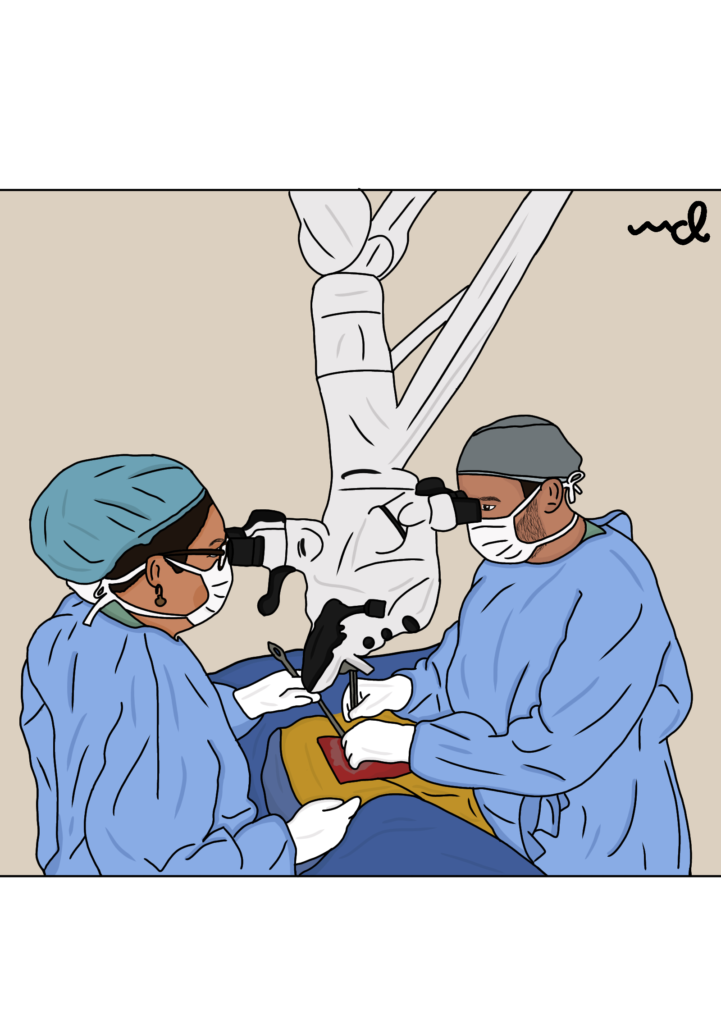There are several types of spine surgery, which are performed to treat various conditions affecting the spine. Here are some common types of spine surgery:
- Spinal Fusion: Spinal fusion is a surgical procedure where two or more vertebrae are fused together. It is often done to treat conditions like spinal instability, degenerative disc disease, spinal deformities (such as scoliosis), and spinal fractures.
- Discectomy: A discectomy involves the removal of all or part of a damaged or herniated disc in the spine. This surgery aims to relieve pressure on the spinal nerves and alleviate associated pain or symptoms.
- Laminectomy: Laminectomy, also known as decompression surgery, involves the removal of the lamina (the back part of the vertebrae). It is typically performed to relieve pressure on the spinal cord or nerves caused by spinal stenosis or herniated discs.
- Foraminotomy: Foraminotomy is a surgical procedure to enlarge the opening (foramen) through which spinal nerves exit the spinal canal. It is done to relieve compression or pinching of the nerves, often caused by conditions like foraminal stenosis or a herniated disc.
- Vertebroplasty and Kyphoplasty: These procedures are used to treat vertebral compression fractures. In vertebroplasty, a special cement-like material is injected into the fractured vertebra to stabilize it. Kyphoplasty involves creating space in the collapsed vertebra by inflating a balloon-like device before injecting the cement.
- Artificial Disc Replacement: Artificial disc replacement is an alternative to spinal fusion surgery. It involves removing a damaged disc and replacing it with an artificial disc implant. This procedure aims to preserve motion and flexibility in the spine.
- Spinal Cord Stimulation (SCS): SCS is a minimally invasive procedure where a small device is implanted near the spine to deliver electrical impulses to the spinal cord. It is used to manage chronic pain conditions by blocking pain signals.
- Microdiscectomy: Microdiscectomy is a minimally invasive procedure performed to remove a portion of a herniated disc that is compressing a spinal nerve. It involves a smaller incision and reduced tissue disruption compared to traditional open surgery.
It’s important to note that the specific type of spine surgery recommended for an individual depends on their specific condition and the recommendations of their healthcare provider.

